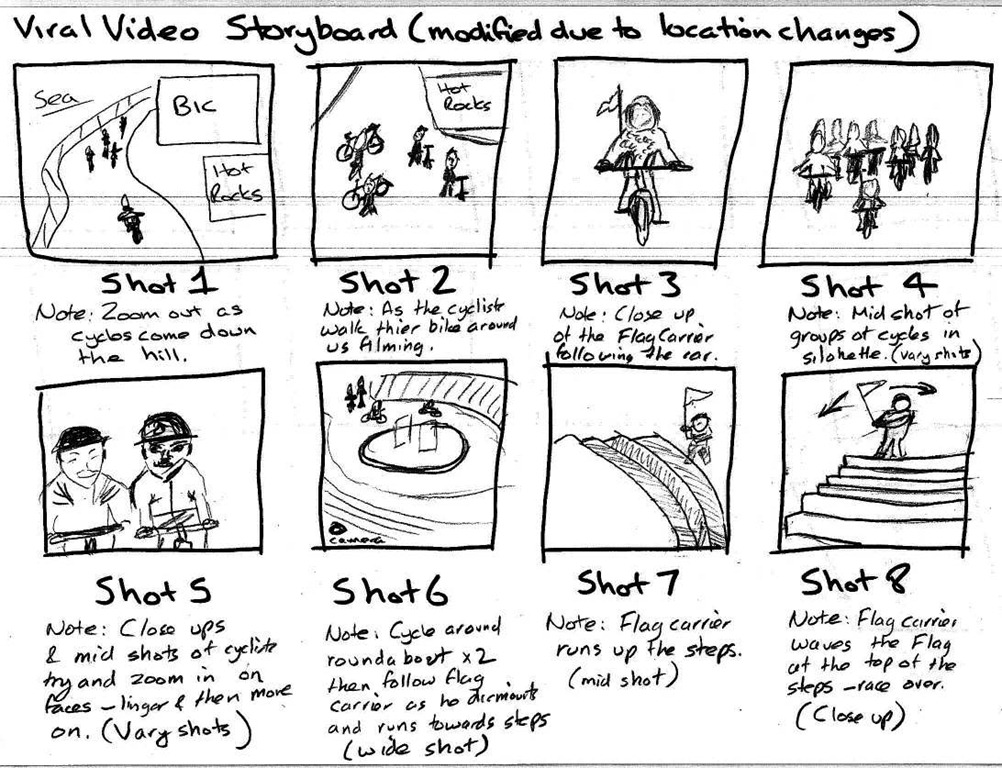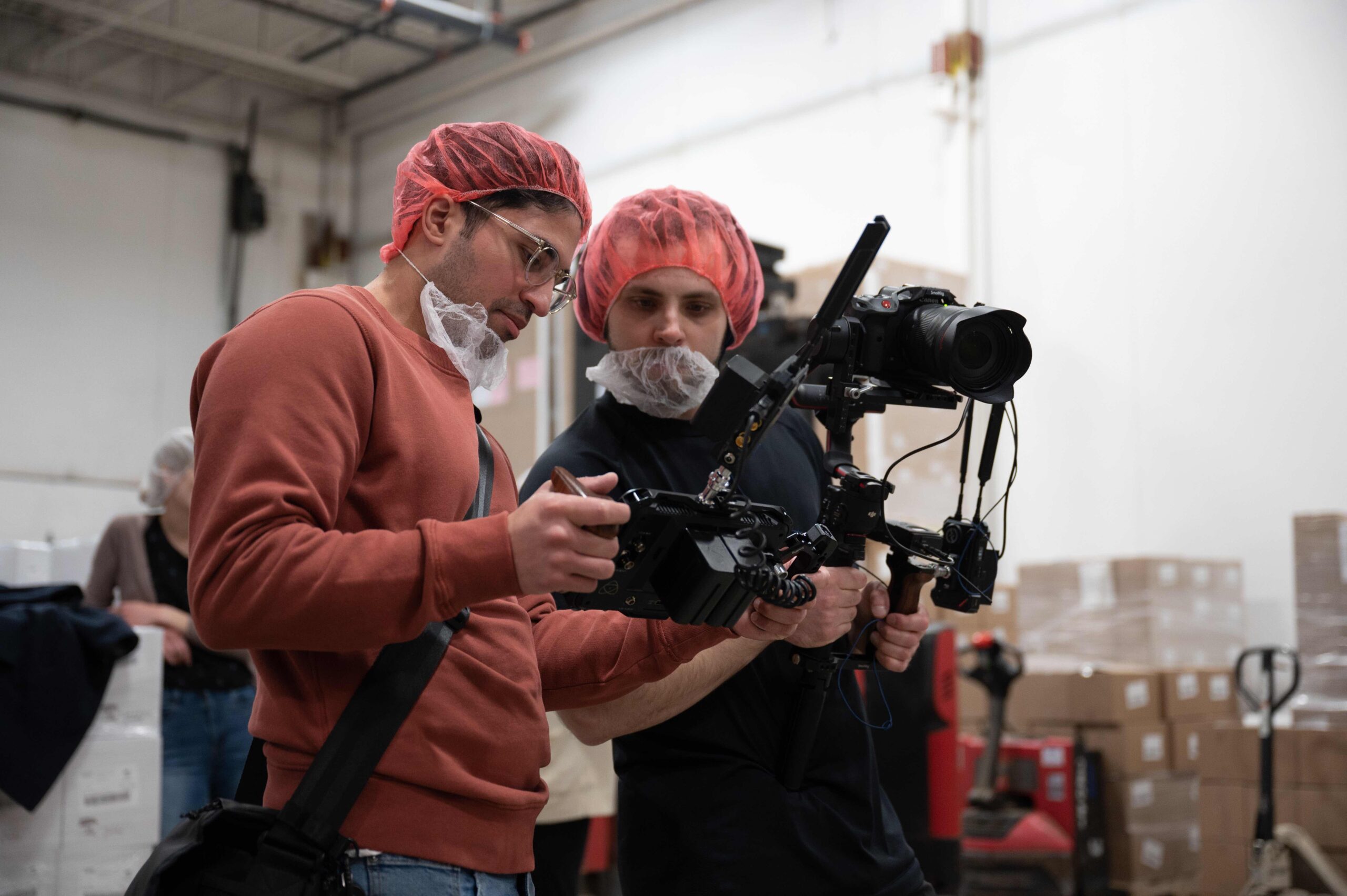Directors in Action

Directing Performances
Directors collaborate closely with actors to craft authentic, emotionally resonant performances that serve the story.

Visual Planning
Storyboards and detailed annotations help directors plan every shot and communicate their vision to the crew.

On-Set Leadership
Directors monitor every take, making real-time decisions to ensure each shot serves the overall narrative vision.

Collaborative Leadership
Directors foster collaborative environments where cast and crew work together to bring the creative vision to life.

Scene Visualization
Through detailed storyboards, directors visualize scenes before filming, planning camera angles and character movement.

Behind the Scenes
The director's role extends beyond "action and cut" - they're involved in every aspect of the creative process.